by Neil Anderson
Can I borrow your weight belt for this workout? Seriously. They work and there really is no reason not to use one -occasionally.
The reason you have heard NOT to use them is because just a few years ago folks were OVER-USING them. Somehow weight belts went from being a useful piece of gym equipment to standard gym attire - think 8 inch Dr. Marten's and Hammer pants. This was not only bad looking...it was just plain bad. The thing to know here is that your body already has mechanisms in place that support the spine (purpose of a belt). By using a weight belt daily, your body will begin to rely on the support of the belt over the natural supporting musculature. Over time, you will become weaker right where you need strength the most. Your core. And that is exactly what happened. Just a few short years ago, you'd see guys wearing belts while doing movements that were already fully supported by machines. They literally never took their belts off at ANY point of ANY workout. Once, I literally watched 3 men taking turns doing wrist curls. They had one belt between them and were trading off wearing it. At best, this sort of thing leads to poor performance and a lack of fitness and health. At worst, catastrophic injury.
These days the fitterati (popular experts) frown heavily upon using weight belts UNDER ANY CIRCUMSTANCES. Unfortunately, this has more to do with popular rhetoric that more closely resembles religious dogma than it does helpful, practical advice.
The thing is, using a weight belt can be extremely useful. When used correctly (occasionally, only on days you are lifting very heavy loads where you might need extra back support i.e. weighted squats, deadlifts, etc.), it can enhance performance and prevent injuries. Just because a bunch of gym rats in the late 90's lost sight of this; and just because a bunch of pseudo-expert bandwagoners reject it as anti-gospel doesn't mean you and I have to be deprived of the benefits of belting up albeit, occasionally.

